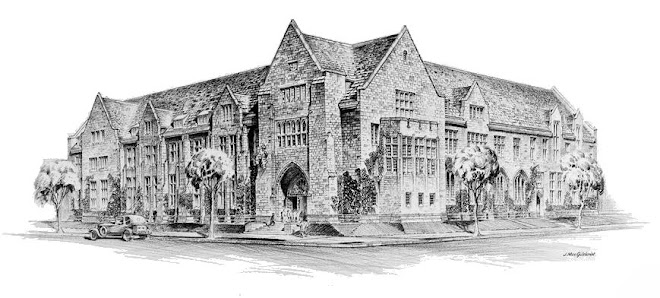Monday, November 23: In the morning, we visited Mo'alla before gearing up to board our ship the Amarante Isis. In the hills of Mo'alla, one finds the tomb of Ankhtifi, a local governor during the First Intermediate Period. The tomb is a wonderful representation of provincial art and architecture as local styles were more apt to surface during periods of political instability. Entering the tomb, we found a rock cut hall containing a series of irregular stone columns, imitating octagonal columns. Images of Ankhtifi involved in various activities, including fishing with a reel, decorated the walls and columns. Inscriptions on the columns contain the "biography" of Ankhtifi, one of the most important texts for First Intermediate history in Upper Egypt. In the text, Ankhtifi mentions his selection by Horus (typically interpreted as the god himself), his own generosity to his citizens, and a terrible famine in which "every man ate his children." Since it was obligatory in biographical texts to claim that "I have given bread to the hungry and clothing to the naked," as Ankhtifi himself proclaim, it is difficult to determine whether this famine was real or just embellishment.





























No comments:
Post a Comment